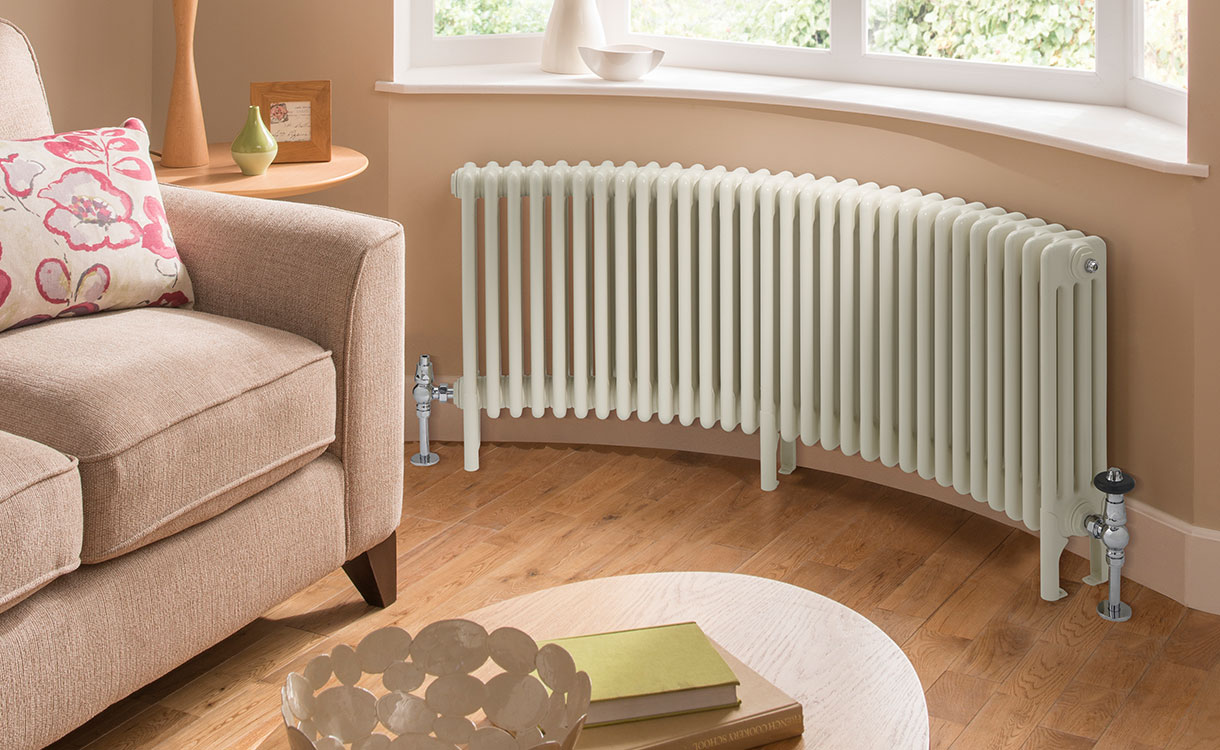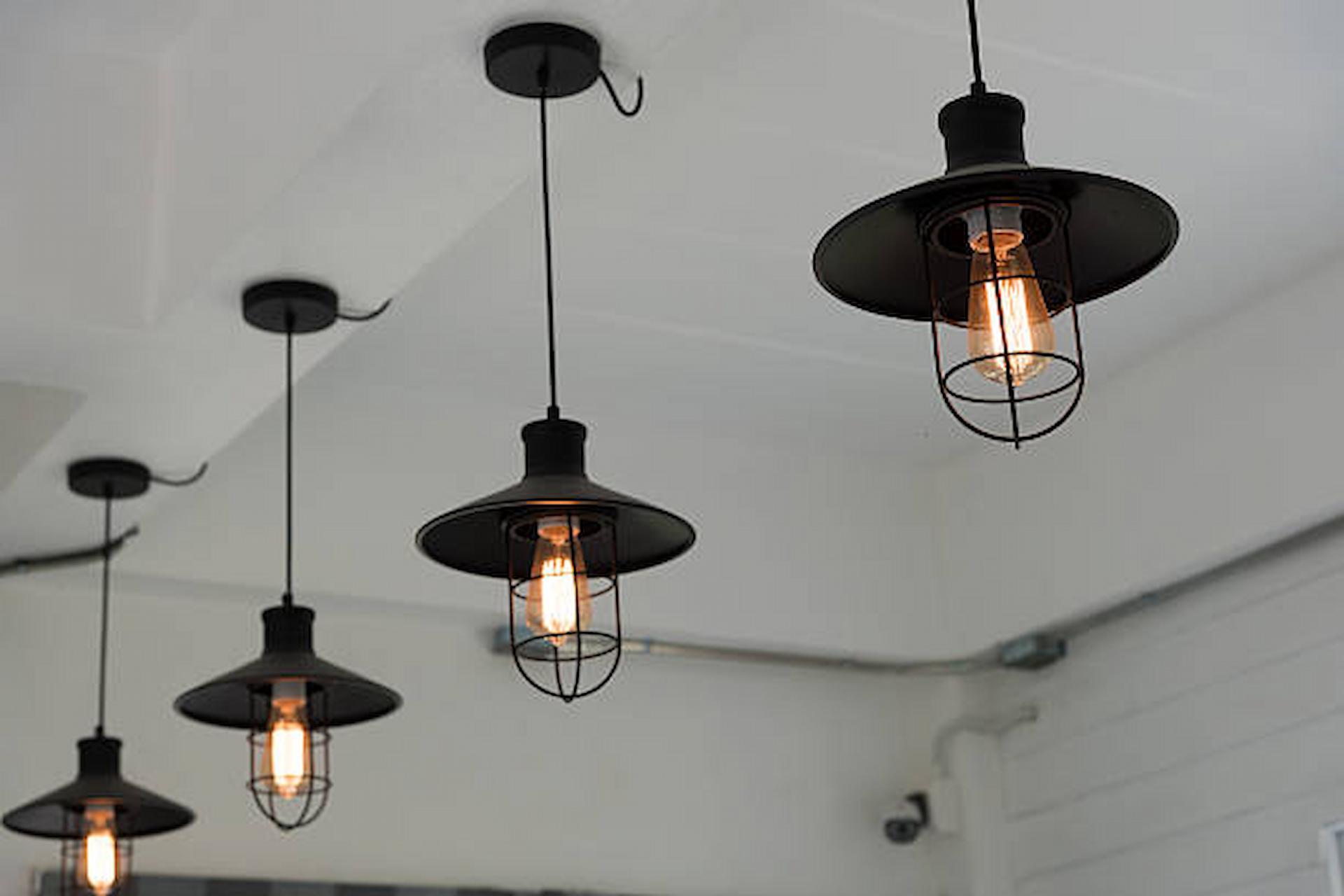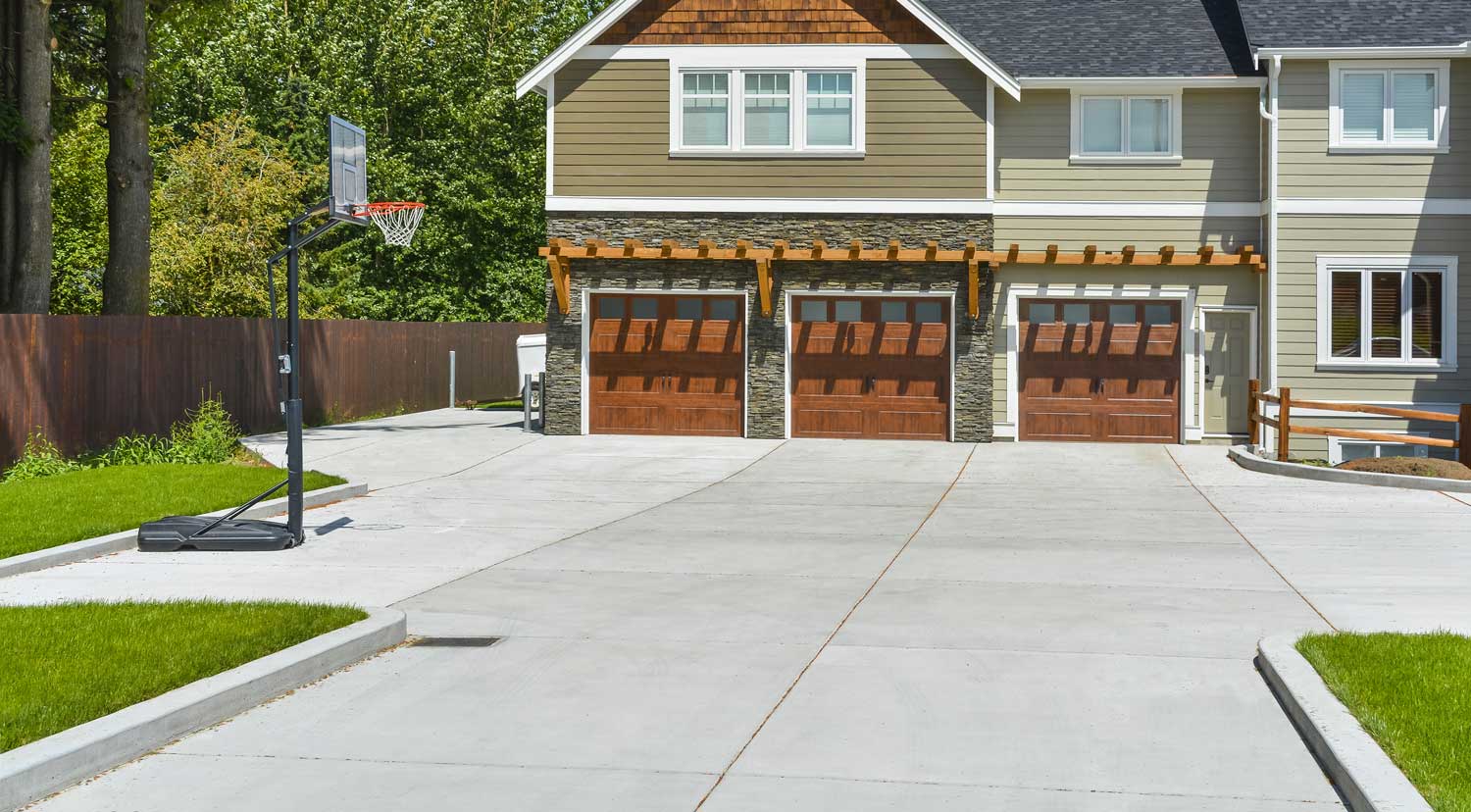Radiators are a feature of many homes that do not often need replacing or updating; therefore, most of us seldom give any thought to the different choices that are available. Is there any advantage in choosing anything other than the widely-used panel radiator, and what factors do we need to consider when we are making our choice?
Column radiators, which comprises several columns as their name suggests, are a popular alternative for several good reasons. They are warm, attractive, radiate heat efficiently, and are easy to operate. Let’s take a closer look at some of their advantages and disadvantages.
Advantages
This type of radiator has bags of retro style and can add a fashionable, nostalgic look to your home. They do not suffer from the problem of being very heavy, as was the case in the past; instead, they are now constructed from lightweight tubular steel or aluminium. They are perfect for heating large, high-ceilinged rooms, as their unique design gives them a larger radiating surface than an equivalent panel radiator. They can be of horizontal or vertical construction and are manufactured in a wide range of sizes, shapes and colour options to suit both the space you are looking to fit the radiator in and your design theme.
If you are looking for help making up your mind on your choice of radiator, it is a good idea to seek professional advice. There are many specialist firms that can advise you, such as There is also plenty of information available online.
Drawbacks
Although their size is an advantage when it comes to heating large spaces, these radiators do take up a good deal more room than an equivalent panel radiator. This means they may not be an ideal choice for a smaller home, a narrow hallway, or anywhere else where space is at a premium – unless you could place it in a currently unused space, such as underneath a window.
Another consideration worth noting is the practical difficulties that you might encounter when cleaning your new radiator. Getting into the spaces between the columns can pose a bit of a challenge, particularly if the radiator is hot; however, you can get around this by using a suitably-shaped brush or duster.





